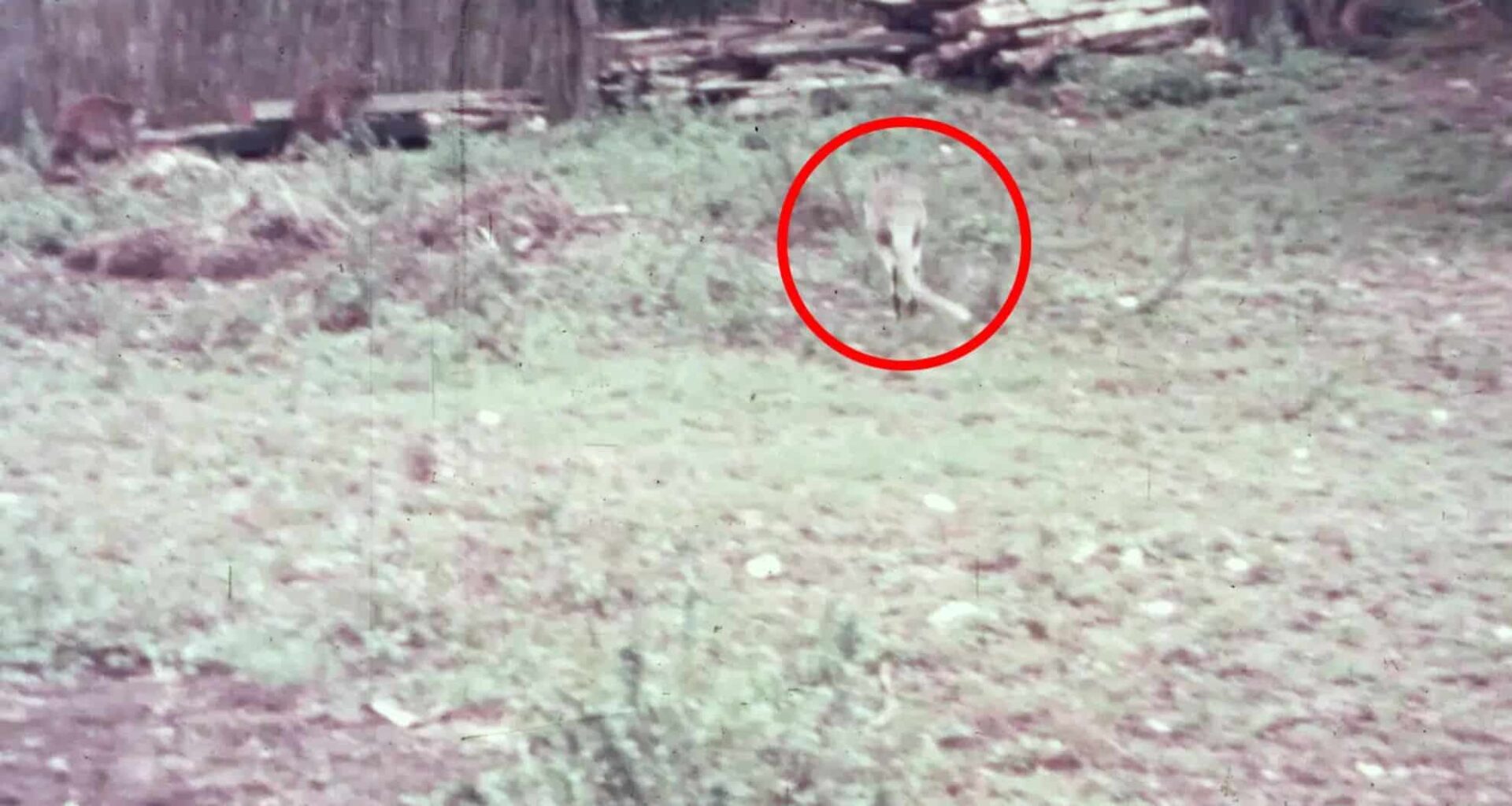In a significant moment for wildlife preservation, rare footage of the extinct Toolache wallaby has been made public for the first time in nearly 90 years. Digitised by the National Film and Sound Archive (NFSA), this 16mm film, originally captured in 1936 by Bernard Cotton, provides a rare glimpse of the last-known Toolache wallaby, likely the final member of its species. The footage, transitioning from black and white to colour, showcases the marsupial in its natural environment before it succumbed to hunting and habitat destruction, as highlighted by Yahoo News Australia.
A Glimpse into the Past: The Significance of the Footage
The footage’s rediscovery is not just a technological triumph, but a significant cultural moment for Australia. At the time it was filmed in 1936, the Toolache wallaby was already struggling, with its population decimated by human interference. The last known individual, a female, was filmed in Robe, a town more than 340 kilometres south of Adelaide, just one month after the death of the last-known Tasmanian tiger. The context of this period was crucial, as it revealed the shifting attitudes towards Australia’s unique fauna—an animal that was once celebrated for its speed and agility, but eventually became a victim of human exploitation.
The late Bernard Cotton would likely have understood the profound significance of the Toolache wallaby he filmed. In the years following, it became evident that the Toolache wallaby could no longer coexist with the changing landscape of Australia, a point Peter Matejcic, vice president of the Field Naturalists Society of South Australia, reflected upon when discussing the broader impacts of human activity on Australia’s native species. “Co-existing with native fauna is difficult given human priorities,” Matejcic lamented. The extinction of the Toolache wallaby exemplifies the intersection between development and biodiversity loss, a troubling pattern that still shapes the way humans interact with the natural world.
As he continued to ponder our impact on the environment, he added, “Historical records—journals, film, photo images, long periods of fauna data collecting—are priceless in providing valuable information about the behaviour and distribution of once common species.” This insight underscores the importance of preserving historical records, like this 16mm film, to better understand the behaviours and habits of species that were once integral to Australia’s ecosystems. The ability to see a once-living animal through these archives highlights the urgency of conservation efforts and the need to act before more species face irreversible extinction.

The Struggle for Survival: How the Wallaby Was Lost
The Toolache wallaby was not the only Australian species to disappear in the 20th century. Australia’s rate of mammalian extinction is the highest in the world, and the Toolache wallaby‘s extinction in the late 1930s serves as a stark reminder of the ongoing threat to Australia’s native wildlife. Unlike other species that have been rescued from the brink of extinction, the Toolache wallaby did not benefit from concerted conservation efforts until it was too late.
By the 1920s, the Toolache wallaby was on the verge of disappearing from the wild. A failed breeding program designed to save the species from extinction left the remaining wallabies stressed and physically depleted, further contributing to their rapid decline. The species’ loss is a testament to the destructive power of human expansion and the unsustainable use of natural resources. The story of the Toolache wallaby is far from isolated, with numerous other species across Australia facing similar fates as human development continues to chip away at their habitats.
The newly digitised footage has thus become an invaluable resource for understanding how these animals once interacted with their environment. While the Toolache wallaby is no longer with us, the film serves as a record that future generations can study to learn more about the behaviour of now-extinct species and the impacts humans had on their decline.
Preserving the Past for Future Generations
The NFSA’s preservation work, including the restoration of this remarkable film, is part of a broader initiative called Deadline 2025, aimed at digitising Australia’s vast film history before it deteriorates beyond repair. This initiative highlights the importance of saving not just wildlife but also the cultural records that serve as windows into Australia’s past. As Dave McGrouther, NFSA’s lead technician, explained, the process of working with old film stock, especially 16mm film made from diacetate, can be delicate. The material is prone to shrinkage and warping over time, making it a race against time to save these historical treasures before they are lost forever.
The preservation of this footage is not just about the Toolache wallaby, but about ensuring that the stories of Australia’s wildlife, its environmental challenges, and the role humans have played in both protecting and damaging its natural heritage are preserved for future generations. As more species face the threat of extinction, the importance of preserving these visual records becomes ever more critical.
